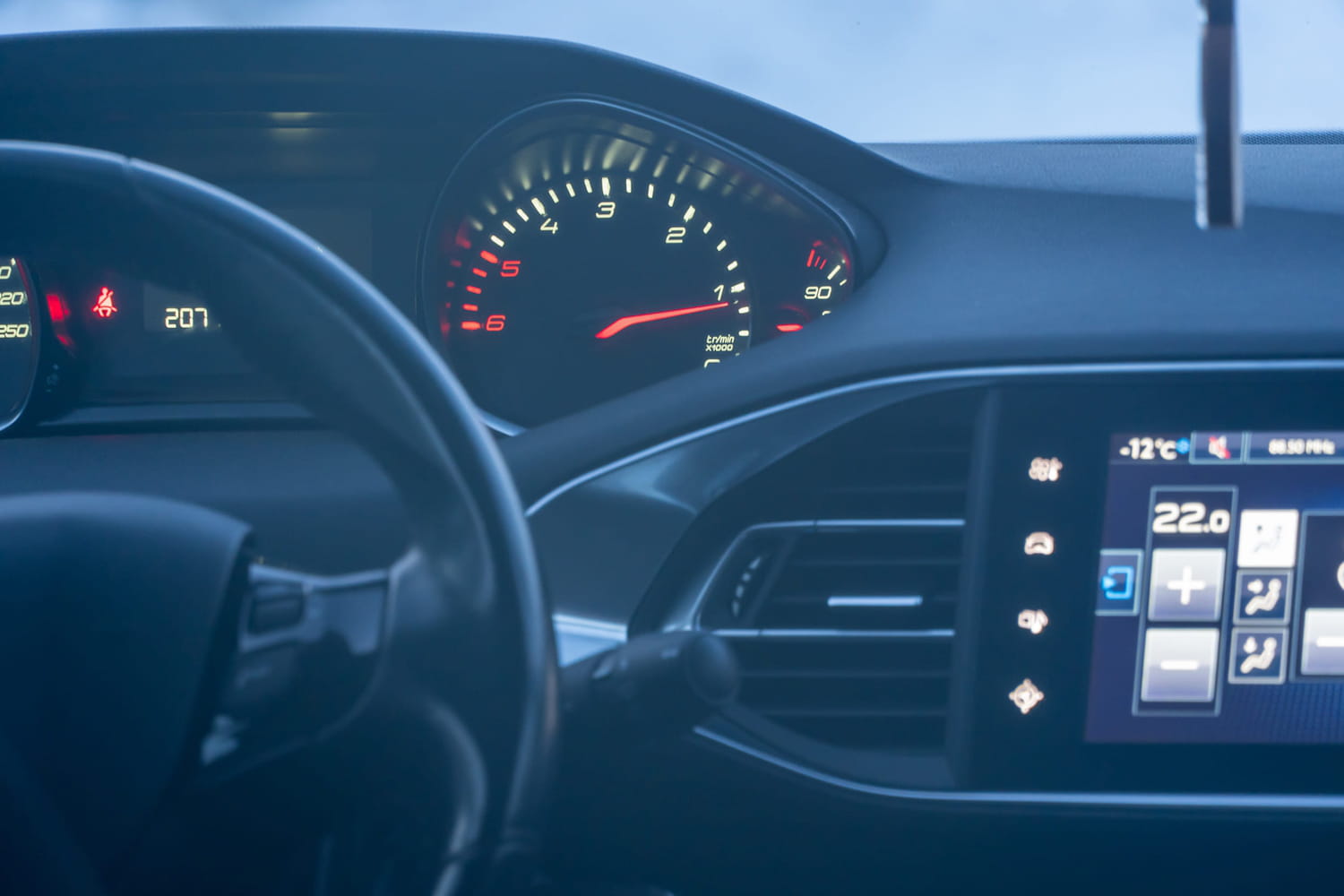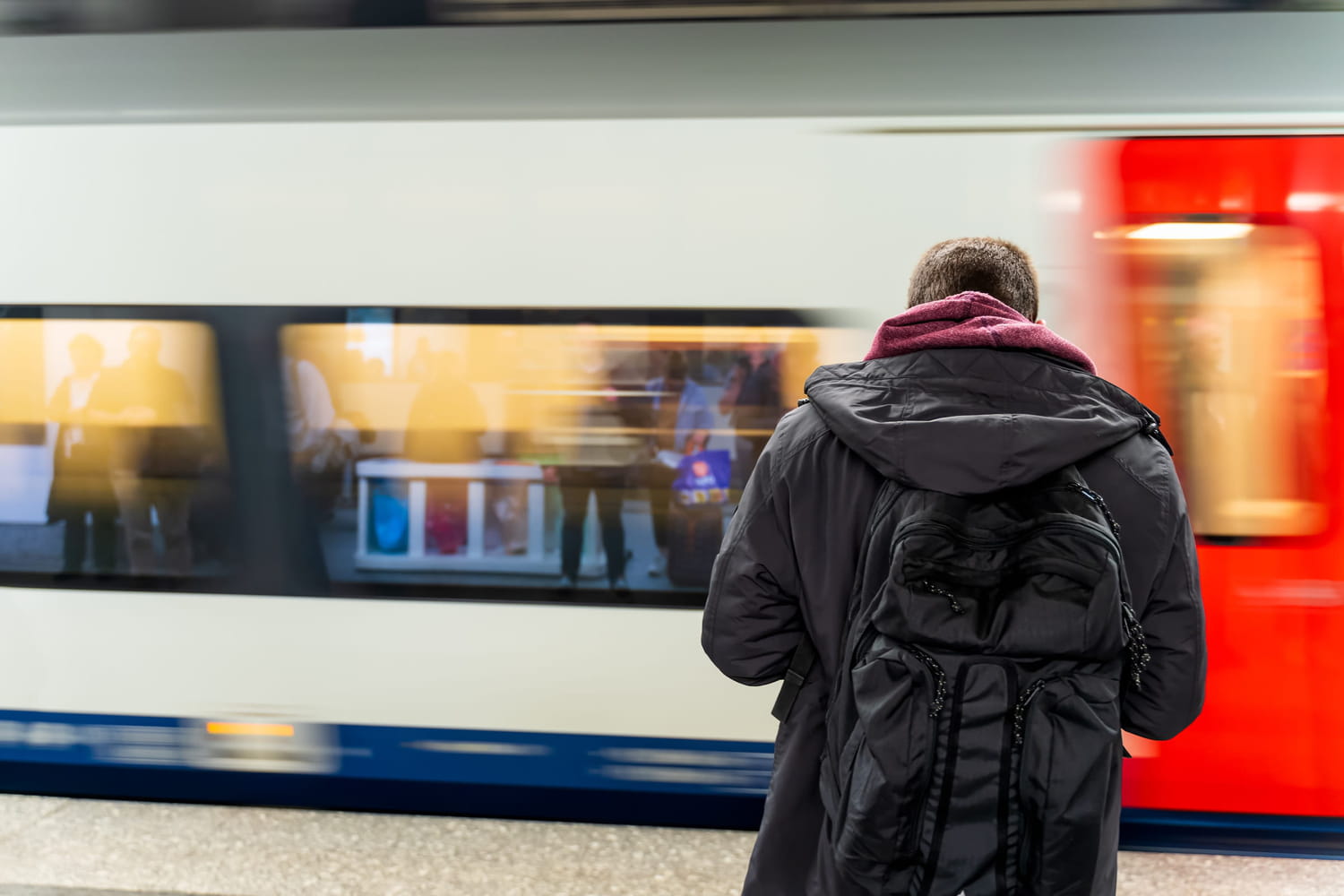At peak hours, 640,000 travelers borrow this transport line, more than the population of the city of Lyon!
In France, public transport is part of the daily life of millions of people. Metro, bus, trams, suburban trains and RER serve the Paris region and connect the capital to the whole territory. Each day, millions of trips are linked to it, making the Ile -de -France network one of the densest and most used in Europe.
Among these means of transport, a line is distinguished by an extraordinary crowd. On her own, she records higher attendance peaks 1.3 million travelers per day. At peak hours, more than 640,000 users borrow it daily, more than the entire population of a big city like Lyon. This attendance is part of a substantive trend: in ten years, traffic on RERs has increased by 20 %, accentuating the pressure on infrastructure.
It is the RER A, created in the 1970s, which holds this record, crossing the Île-de-France from west to east, over 109 kilometers, including 26 underground in Paris. This is the busiest line in Europe, far ahead of many metro lines or regional trains. Second place also goes to a Ile -de -France line: the RER B, which regularly exceeds a million daily travelers between the north and the south of the region. But this success is also accompanied by strong criticisms: in 2023, the RER displayed an average punctuality of only 89 %, and the RER B, often pointed out by users, fell to 84.5 %.
Despite delays and technical problems, these records place Île-de-France far ahead of other European networks. By way of comparison, the London metro or that of Berlin, however very frequented, do not reach such volumes on a single line. Paris thus concentrates two of the most used lines in Europe, but also two of the most monitored, both by the authorities and by the travelers themselves, who await improvements in terms of regularity and comfort.








